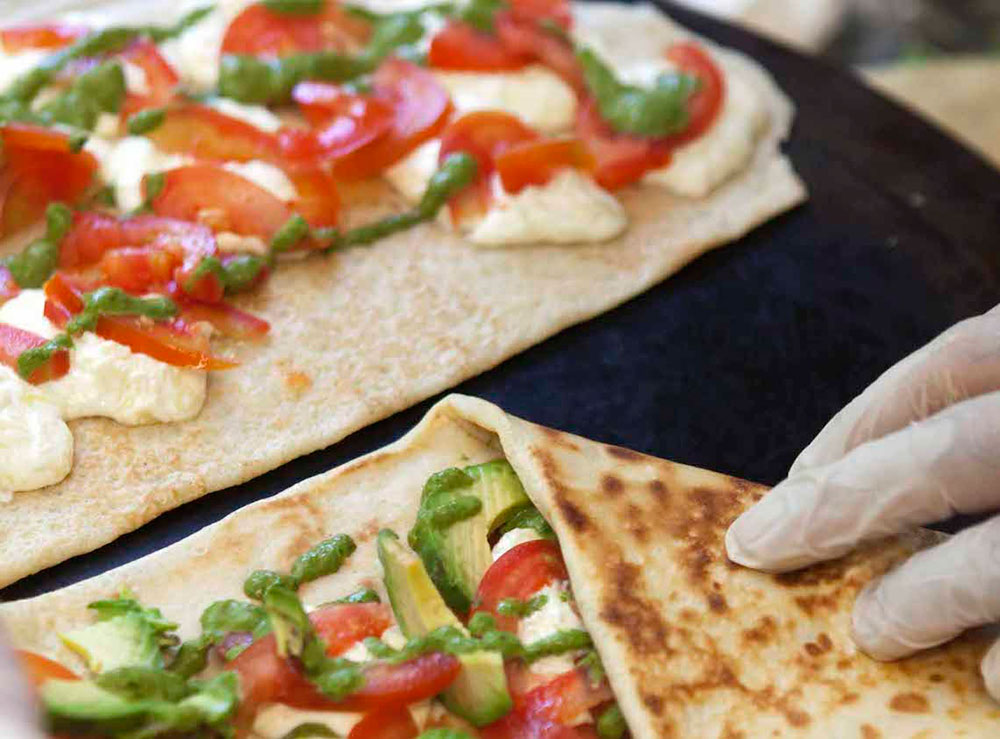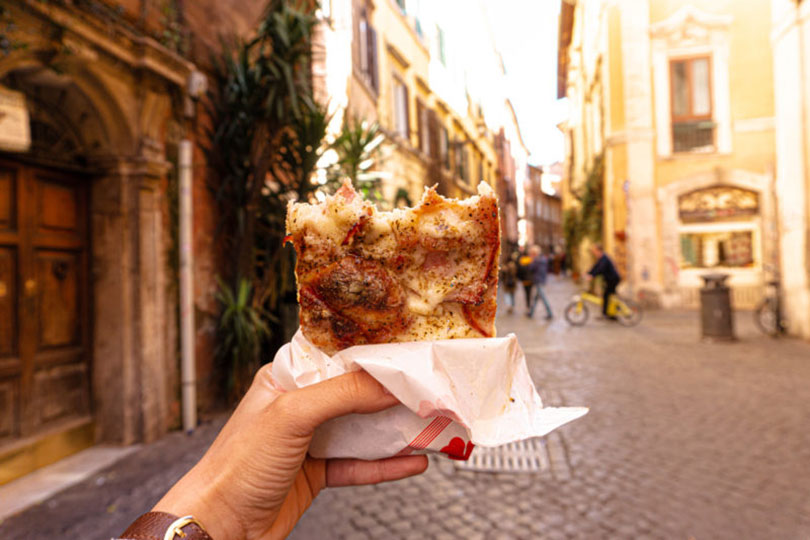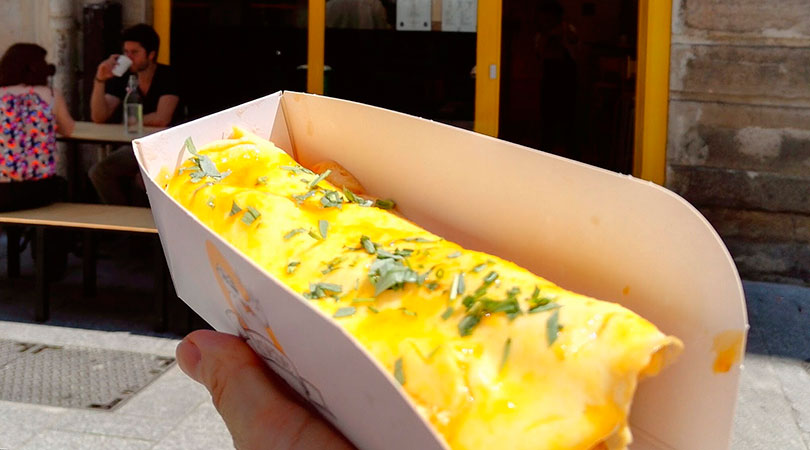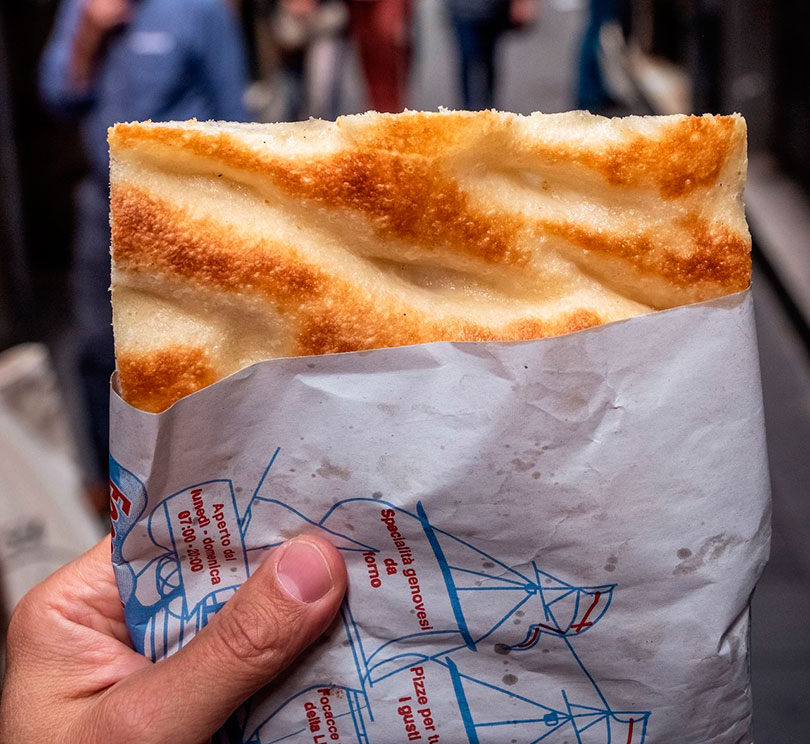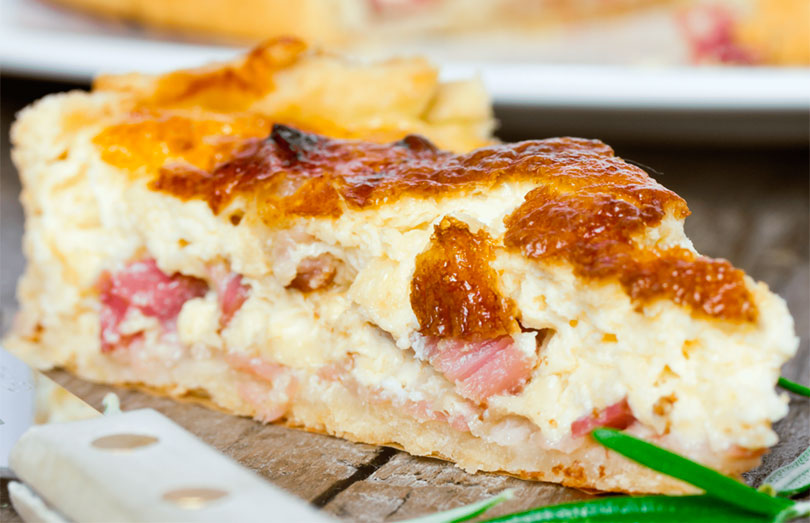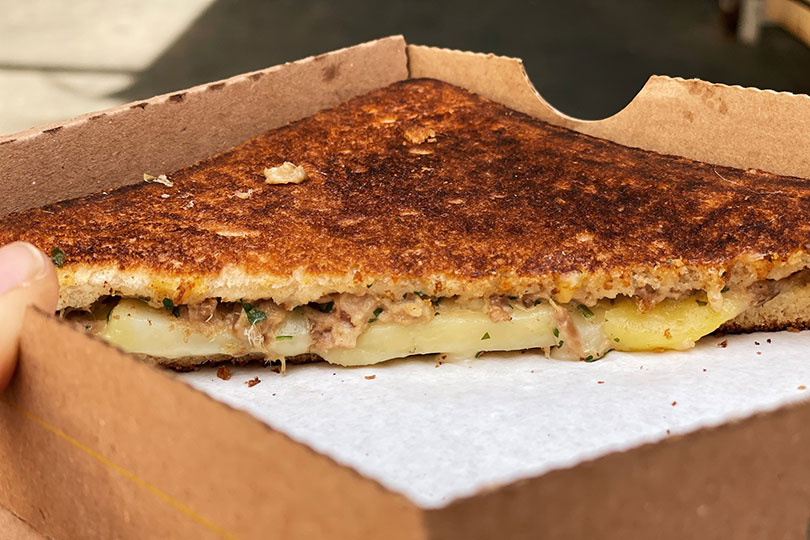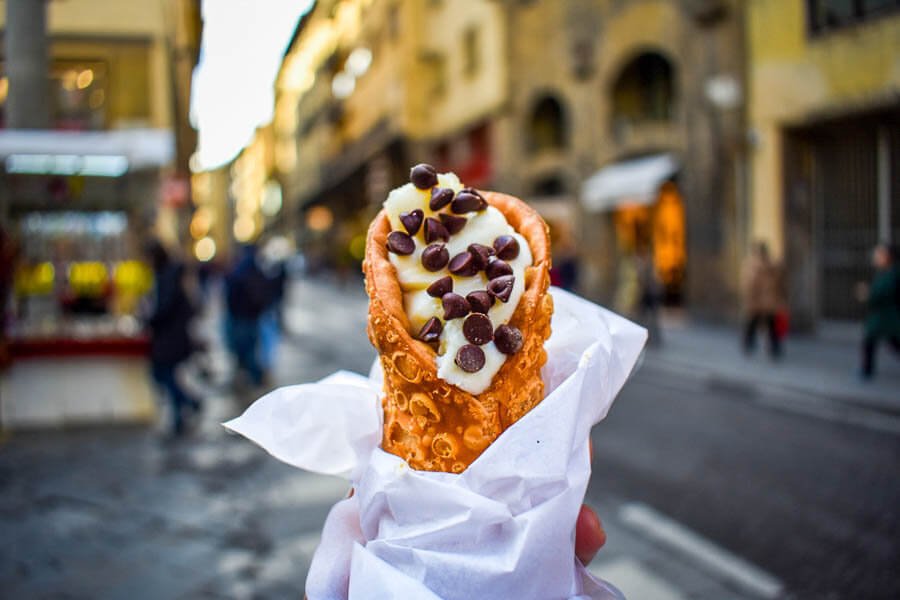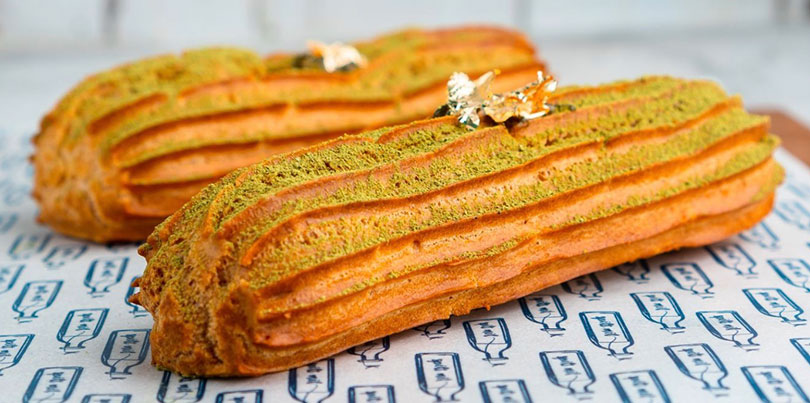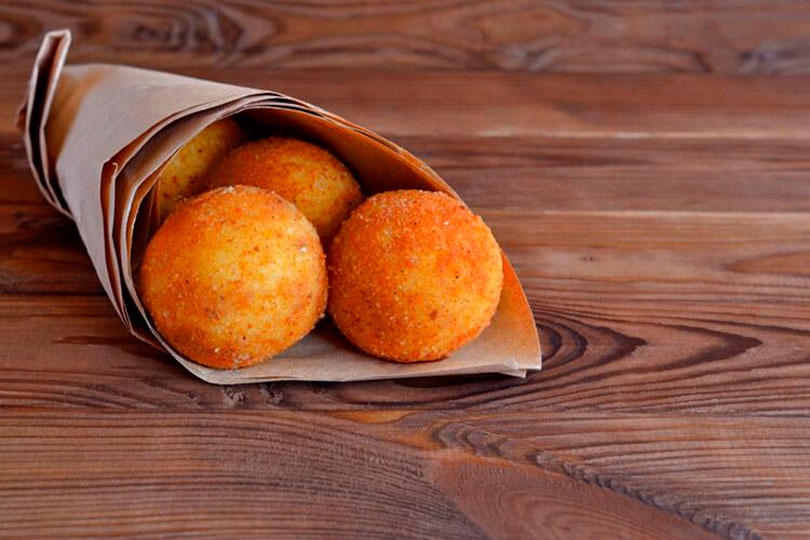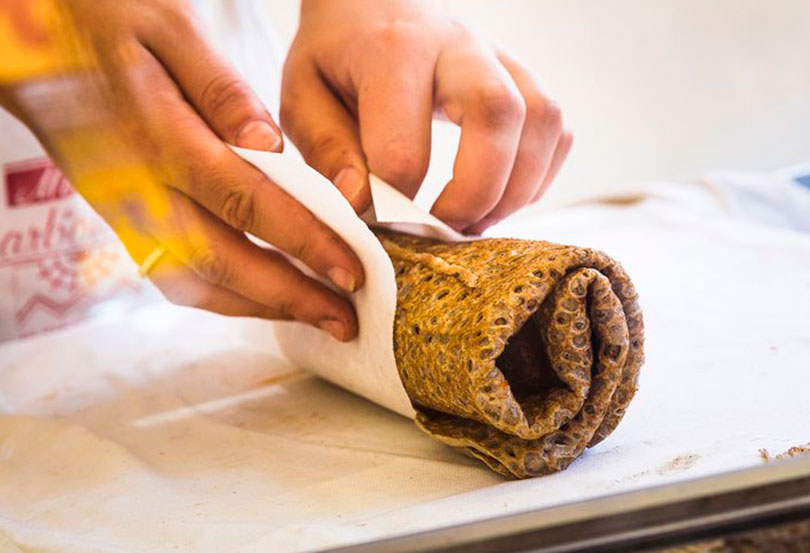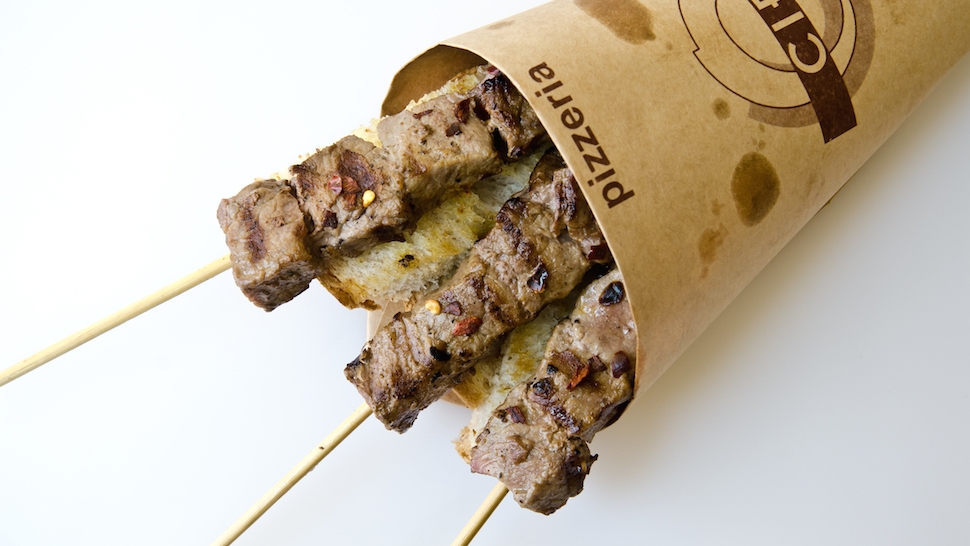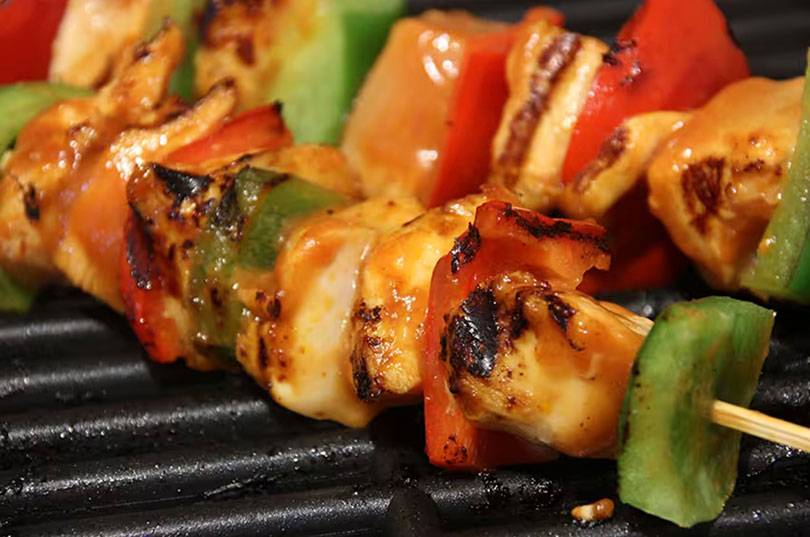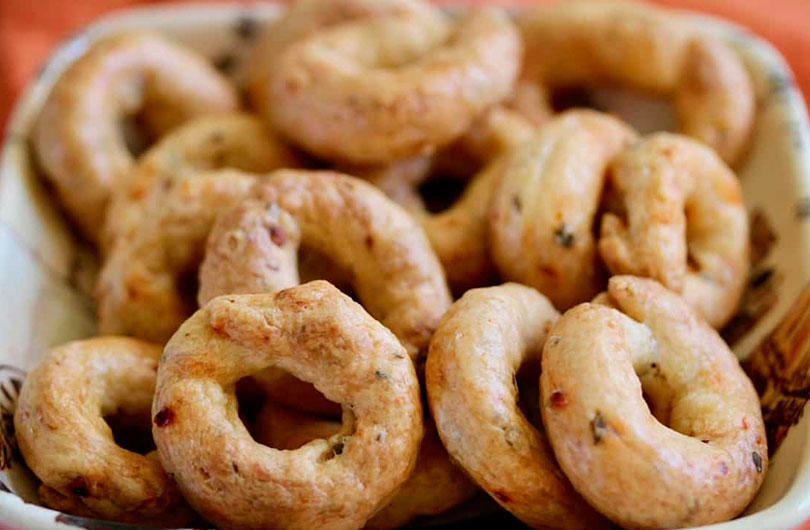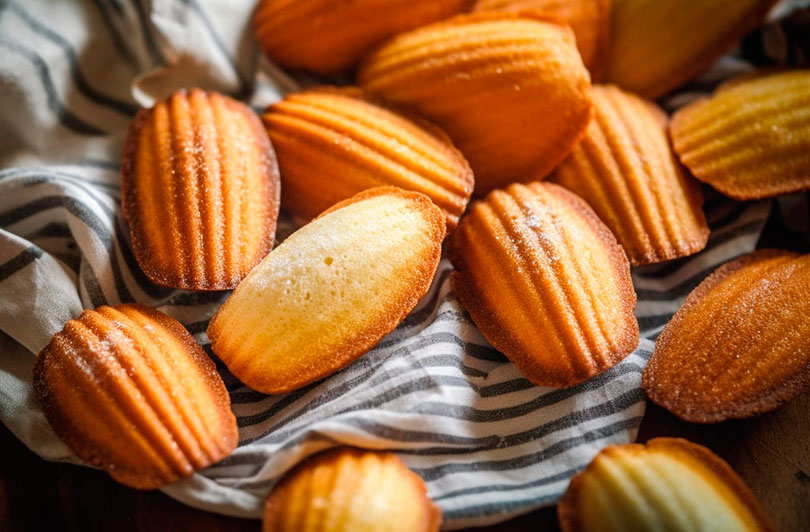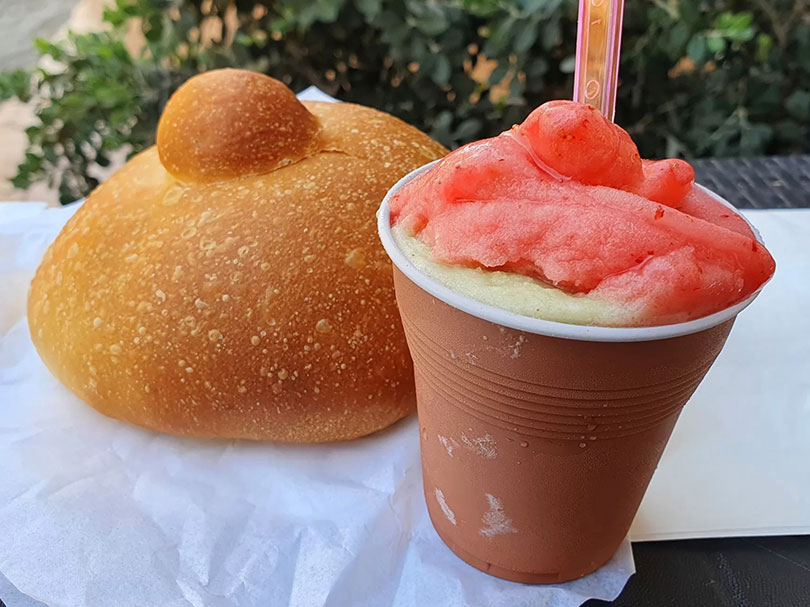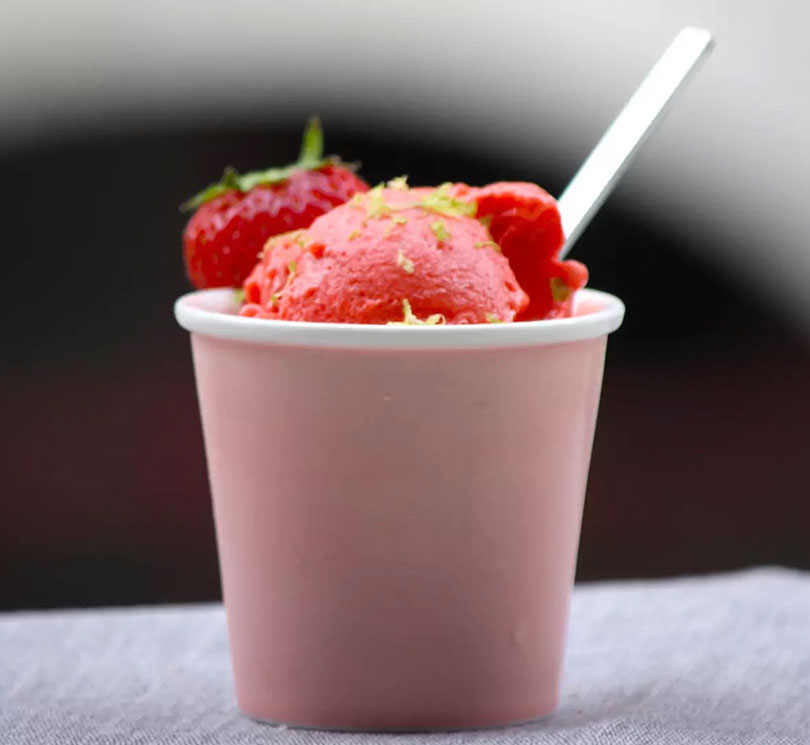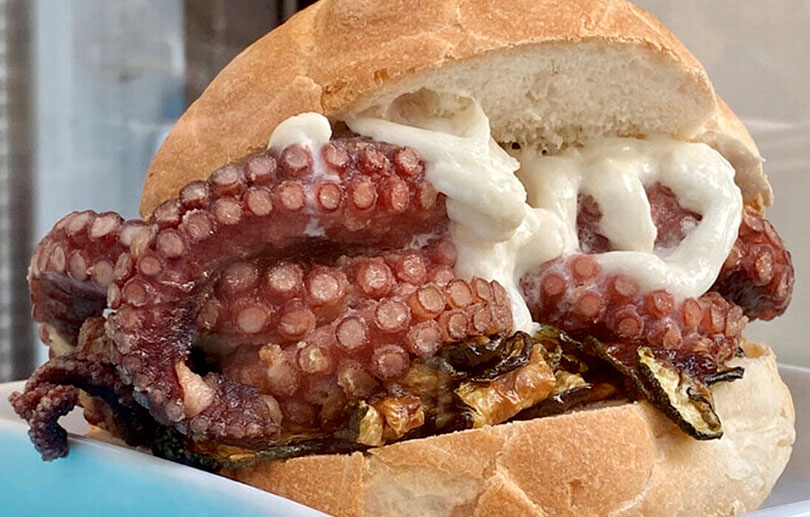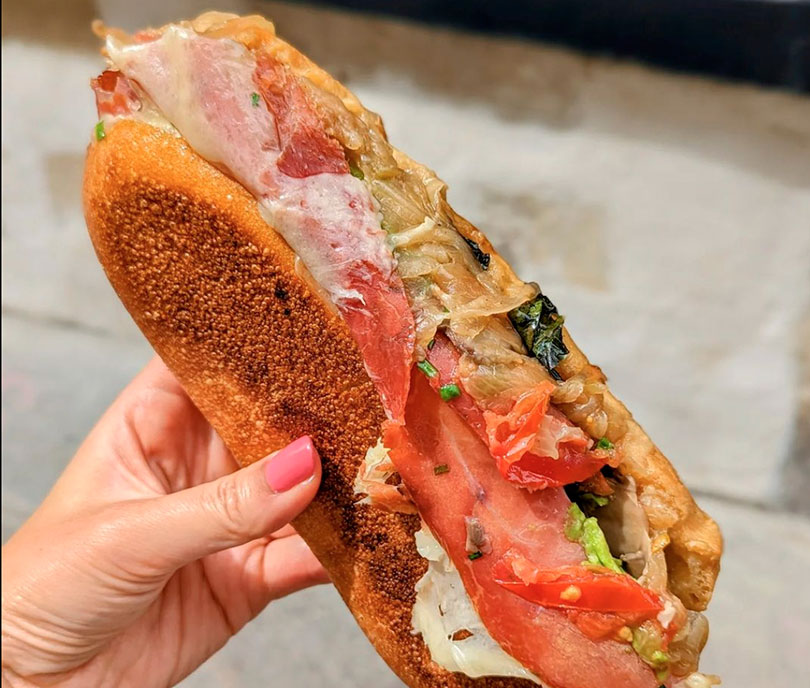There has always been a lively rivalry in the culinary world between Italy and France.
Both countries are giants of street cuisine and compete to conquer the palates of the world.
Like all geographically close cultures, they boast distinctive characteristics and mutual influences.
Let’s see what they are in terms of:
INGREDIENTS
France:
- Cheeses: French street cuisine makes extensive use of local cheeses such as Brie, Camembert, Roquefort;
- Butter and cream: many French recipes, including street foods like crêpes and quiches, use generous amounts of butter and cream, giving the dishes a pronounced creaminess;
- Aromatic herbs: thyme, lavender, and rosemary are abundantly used to flavor both sweet and savory dishes.
Italy:
- Olive oil: it is a fundamental ingredient in Italian street cuisine, used both for cooking and as a condiment;
- Tomatoes and garlic: they are basic ingredients in many street foods, from sandwiches to various types of pizza and focaccia;
- Italian herbs: basil, oregano, and parsley are widely used to add freshness and flavor.
PREPARATION
France:
- Refined techniques: French street foods tend to reflect haute cuisine in terms of preparation, with techniques such as laminating for pastry and slow cooking for stews and fillings;
- Elegant presentation: even the simplest dishes are presented with an eye for aesthetics, highlighting the importance of elegance in French culinary culture.
Italy:
- High heat cooking: many Italian preparations, such as pizza and focaccia, require quick cooking at high temperatures, preferably in wood-fired ovens;
- Simplicity and freshness: Italian street foods often rely on few high-quality ingredients, enhanced through minimal preparation. The emphasis is on the quality of the ingredients rather than the complexity of the preparation.
CULINARY PHILOSOPHY
France:
French street food aims to transform simple ingredients into rich and complex gastronomic experiences, with a focus on innovation and flavor fusion.
Italy:
Street food in Italy tends to emphasize tradition and authenticity, celebrating regional recipes passed down from generation to generation.
In summary, France leans towards a more elaborate approach with great attention to product presentation, while Italy emphasizes freshness and genuineness of ingredients.
10 street food duels
1. Pizza al Taglio vs Omelette
Italy: Pizza al Taglio is a variety of pizza baked in large rectangular trays and sold by the slice. With its crispy crust and fresh ingredients, it’s a street food that’s hard to resist.
France: the omelette is gaining popularity as street food as well. Chefs cook it with various customer-chosen ingredients (cheese, mushrooms, herbs, ham…) and fold it to be conveniently eaten, sometimes inserting it into a baguette for a complete on-the-go meal.
2. Gelato vs Crêpe Dolce
Italy: Italian gelato needs no introduction. Mostly served in cups or cones, it comes in a myriad of traditional flavors like chocolate and stracciatella, or more unique ones like Bronte pistachio and Piedmont hazelnut.
France: sweet crêpes are equally typical. Made with eggs, milk, flour, butter, and sugar, they are topped with various ingredients such as jam, Nutella, honey, and berries. During winter, it’s not uncommon to find them with caramelized apples or chestnut cream.
3. Focaccia vs Quiche
Italy: Focaccia, soft and fragrant, is a Genoese delight typically topped with rosemary, coarse salt, olives, and onions. Being able to be stuffed with any ingredient, it’s a street food with few rivals.
France: Quiche is a creamy savory tart, made with shortcrust pastry and filled with eggs. The most famous is Quiche Lorraine, cooked with bacon and gruyère cheese, also as street food.
4. Supplì vs Croque Monsieur
Italy: supplì are fried rice croquettes, filled with stringy mozzarella, with a core of minced meat. They are a Roman street food curiously named after the Italianization of the French word surprise, the one that French soldiers of the Napoleonic army who occupied Rome felt when eating them for the first time.
France: the Croque Monsieur is a toasted, gratinated sandwich, filled with béchamel sauce, ham, and cheese (typically emmental or gruyère). It’s a classic French street food, quick to prepare and very tasty.
5. Cannolo vs Éclair
Italy: the Sicilian cannolo, with its crunchy shell filled with sweet ricotta, chocolate, pistachios, or candied fruits, is conquering Italian palates as a sweet street food.
France: the éclair is an elongated pastry, filled with cream and topped with icing. It comes in a riot of colors and flavors, such as chocolate, coffee, lemon, raspberries, pistachio, and zabaglione.
6. Arancini vs Galette
Italy: Sicilian arancini are large rice croquettes (round or cone-shaped), filled with ragù meat, peas, and mozzarella, breaded, and fried. A succulent traditional dish that has become popular as street food.
France: The Breton galette, similar to a savory crêpe but made with buckwheat flour, is cooked on a hot plate and can be filled with a variety of ingredients like cheese, ham, eggs, and mushrooms. Especially in its street food version, it’s folded into a square shape or rolled to be eaten comfortably in any situation.
7. Arrosticini vs Brochette
Italy: Arrosticini are skewers of sheep meat flavored with olive oil and rosemary before grilling. They are a simple but irresistible Abruzzese specialty.
France: Brochettes are skewers of meat (pork, beef, or lamb) or fish. Before grilling, they are flavored or marinated with herbs and spices. They are often accompanied by vegetables.
8. Taralli vs Madeleine
Italy: Taralli, small rings of crispy and spiced dough, typical of Apulia, are also highly appreciated as a savory street snack.
France: Madeleines, soft shell-shaped cakes, usually flavored with lemon or vanilla, are a perfect street food for those who want a bit of sweetness without feeling heavy.
9. Granita vs Sorbet
Italy: Granita is a crushed ice refreshment flavored with fruit or other flavors. In summer, on the streets or beaches, it’s a coveted product. In Sicily, typically almond-flavored, it’s accompanied by a brioche, which can be filled with ice cream.
France: french sorbet, similar to granita in texture, is sold in a wide range of fruity flavors. In recent years, it has also been offered as a fruity or champagne street drink!
10. Panino vs Baguette
Italy: the Italian panino originated as a rustic, nutritious, and quick-to-prepare product, to become a highly appreciated gourmet street food internationally. Two slices of good bread enclose a triumph of variously combined mediterranean flavors.
France: the French baguette, on the other hand, offers a delicious welcome to an equally wide range of mediterranean condiments: tomatoes, basil, vegetables, cheeses, and Italian mozzarella.
Once again, we witness a competition between heavyweights not devoid of mutual influences.
In your opinion, which country prevails in the street food field: Italy or France?








